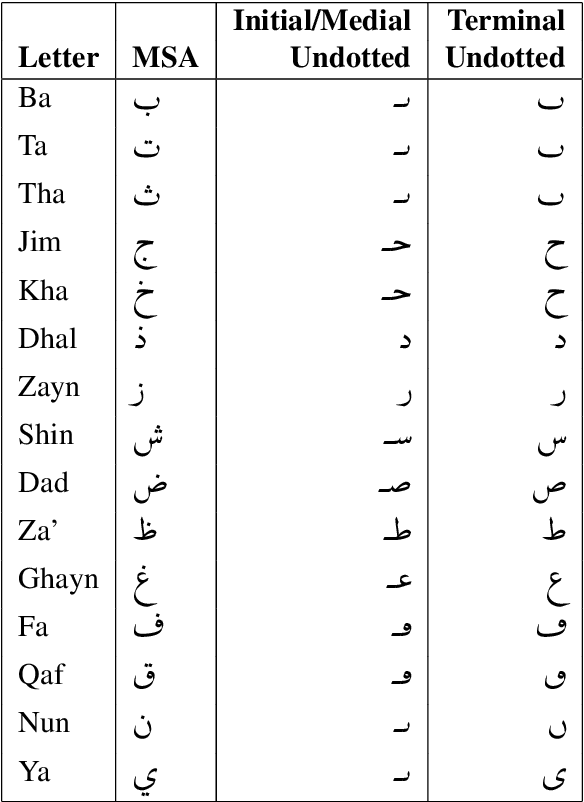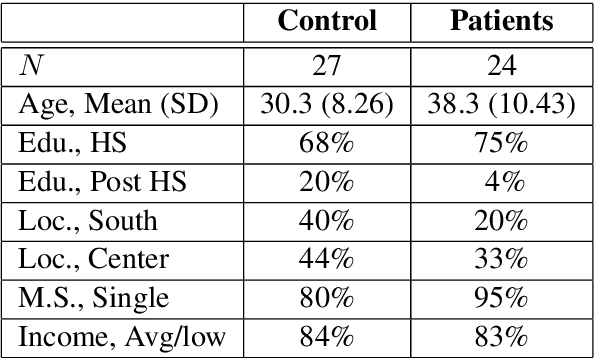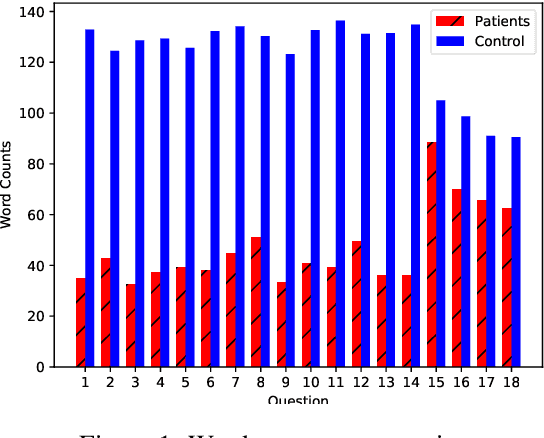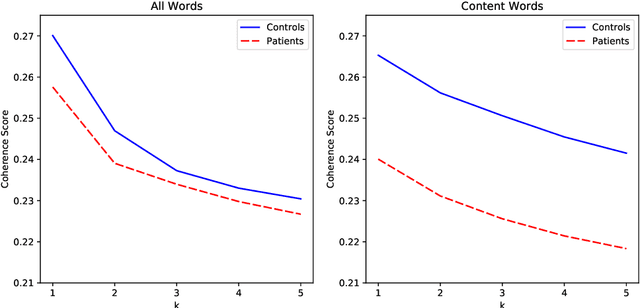Kfir Bar
Training a Bilingual Language Model by Mapping Tokens onto a Shared Character Space
Feb 25, 2024Abstract:We train a bilingual Arabic-Hebrew language model using a transliterated version of Arabic texts in Hebrew, to ensure both languages are represented in the same script. Given the morphological, structural similarities, and the extensive number of cognates shared among Arabic and Hebrew, we assess the performance of a language model that employs a unified script for both languages, on machine translation which requires cross-lingual knowledge. The results are promising: our model outperforms a contrasting model which keeps the Arabic texts in the Arabic script, demonstrating the efficacy of the transliteration step. Despite being trained on a dataset approximately 60% smaller than that of other existing language models, our model appears to deliver comparable performance in machine translation across both translation directions.
Supporting Undotted Arabic with Pre-trained Language Models
Nov 18, 2021



Abstract:We observe a recent behaviour on social media, in which users intentionally remove consonantal dots from Arabic letters, in order to bypass content-classification algorithms. Content classification is typically done by fine-tuning pre-trained language models, which have been recently employed by many natural-language-processing applications. In this work we study the effect of applying pre-trained Arabic language models on "undotted" Arabic texts. We suggest several ways of supporting undotted texts with pre-trained models, without additional training, and measure their performance on two Arabic natural-language-processing downstream tasks. The results are encouraging; in one of the tasks our method shows nearly perfect performance.
Automatic Metaphor Interpretation Using Word Embeddings
Oct 06, 2020



Abstract:We suggest a model for metaphor interpretation using word embeddings trained over a relatively large corpus. Our system handles nominal metaphors, like "time is money". It generates a ranked list of potential interpretations of given metaphors. Candidate meanings are drawn from collocations of the topic ("time") and vehicle ("money") components, automatically extracted from a dependency-parsed corpus. We explore adding candidates derived from word association norms (common human responses to cues). Our ranking procedure considers similarity between candidate interpretations and metaphor components, measured in a semantic vector space. Lastly, a clustering algorithm removes semantically related duplicates, thereby allowing other candidate interpretations to attain higher rank. We evaluate using a set of annotated metaphors.
Semantic Characteristics of Schizophrenic Speech
Apr 16, 2019



Abstract:Natural language processing tools are used to automatically detect disturbances in transcribed speech of schizophrenia inpatients who speak Hebrew. We measure topic mutation over time and show that controls maintain more cohesive speech than inpatients. We also examine differences in how inpatients and controls use adjectives and adverbs to describe content words and show that the ones used by controls are more common than the those of inpatients. We provide experimental results and show their potential for automatically detecting schizophrenia in patients by means only of their speech patterns.
 Add to Chrome
Add to Chrome Add to Firefox
Add to Firefox Add to Edge
Add to Edge